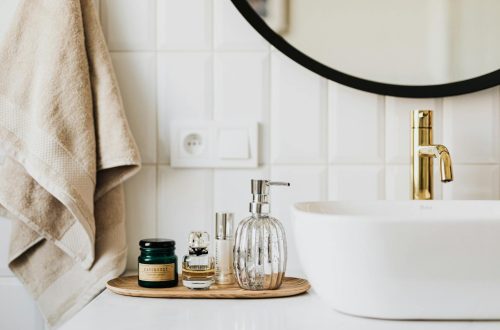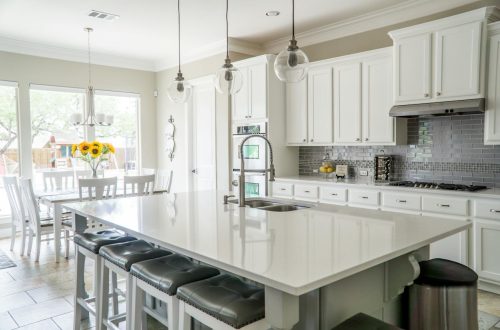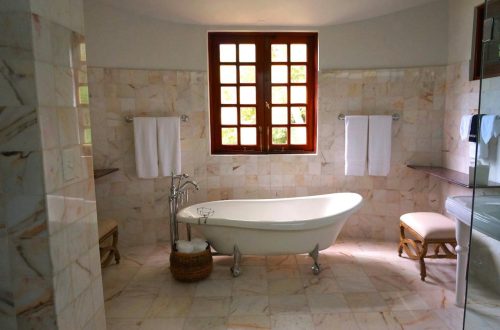Home Decor Hack: Color Schemes and Palettes
- Use the 60-30-10 Rule:
This classic interior design rule suggests dividing the color palette of a room into 60% dominant color (walls), 30% secondary color (furniture), and 10% accent color (accessories). It creates a balanced and harmonious look.
- Choose Neutral Bases:
Neutral colors like white, beige, and gray are timeless and provide a perfect base for experimenting with pops of color. They also allow you to easily switch up your decor without repainting.
- Experiment with Bold Accent Walls:
If you’re hesitant about using bold colors, try painting just one accent wall in a vibrant hue. It adds personality without overwhelming the space and can easily be changed if you want a new look.
- Incorporate Color Through Textiles:
Instead of committing to bold-colored furniture, introduce color through textiles like rugs, throw pillows, and curtains. These can be changed out easily and are less expensive than redoing furniture.
- Use Color to Define Spaces:
In open-plan layouts, use different colors to define separate spaces. For example, use one palette in the living area and a complementary one in the dining area to create distinction without clashing.
- Stick to a Monochromatic Scheme:
A monochromatic color scheme uses different shades of the same color, creating a serene and cohesive look. It works well in bedrooms and bathrooms for a calm, relaxing vibe.
- Mix Warm and Cool Tones:
Combining warm and cool colors can create balance in a room. For instance, if you have warm wood tones in your furniture, balance them with cool blues or greens in your accessories.
- Play with Contrasts:
High-contrast color schemes—such as black and white or navy and gold—add drama and sophistication. Use these contrasts in your decor for a bold yet elegant statement.
- Use Nature for Inspiration:
Draw color inspiration from nature. Think of deep ocean blues, forest greens, or earthy browns. Nature-inspired palettes are timeless and create a calming and organic atmosphere.
- Test Paint Colors in Different Lights:
Before committing to a paint color, test it on your walls at different times of the day. Colors can look dramatically different in natural versus artificial light, so make sure you love it in all conditions.


